When Whispers of the Old Gods was released, N’Zoth Rogue was one of the first few archetypes to emerge. It has waned in popularity somewhat since then, and now you may be wondering why to play nzoth-the-corruptor outside of a Paladin or Priest list. Even Hunter lists have given the Old God more play lately!
While those lists are certainly powerful, this Rogue list gives you a greater degree of flexibility, always a good thing. It proves quite effective at managing aggro lists – including the dreaded aggro Shaman and mid-range Hunter – and puts up a good amount of pressure when facing faster decks.
This version in particular is a more aggro take on the archetype, being closer in speed to the Hunter’s N’Zoth list than the Paladin’s or the Priest’s. I may write about the slower, more control-oriented list in the future.
I try to focus my guides on the beginner player, as honestly my colleagues already do an incredible job of catering to the more advanced players and are much more qualified to do so than me.
In this case, I believe this is a very good deck for a beginner to transition to intermediate play, as it is one of the easier rogue decks to manage, while keeping a good deal of the complexity that makes the Hero shine.
Some forward planning and card combo awareness are required, but as soon as you get over that hump, you should be in a good place to pilot this deck in a very satisfying way, all the way up the ladder.
As usual, I’ll give you a deck overview where the basic strategy is discussed, and then I’ll go into detail on each of most of the cards. Finally, I’ll advise on some swaps you can make to cheapen the deck or adapt to a particular meta, just before finishing with some tips on how to mulligan.
It’s time to teach your opponent what it’s like when the dead rise from the grave!
Deck Overview and Strategy
Your start should play out as a regular non-face aggro. All of the minions will provide a lot of value via their deathrattles, and worthy of note are the card-drawers like undercity-huckster and loot-hoarder .
This deck doesn’t have the usual Rogue card-drawing engines, so you will rely on these minions to keep your hand full while you trade them with you opponent’s drops. In that spirit, it’s worth delaying trades until you can use unearthed-raptor to copy their benefit.
The Raptor’s better-than-average body will usually trade for two and if you can get a new card in the bargain, that’s a big swing in your favor.
Also in the spirit of keeping your board domination, you shouldn’t be afraid to use deadly-poison to go after some minions early on. That’s why earthen-ring-farseer is in the deck, to make up for the face damage you may incur.
As a general rule, you should deal with any opposing minions using your cheap removal spells and Hero Power, and use you own minions to go face and apply pressure early on. Often, it will prove best to leave the burden of trading to your opponent.
This will switch once you reach the mid-game and start being able to drop the likes of tomb-pillager and azure-drake. From here on you want to apply pressure when possible, but unless you see a path to lethal within the next two turns, board control is paramount.
If you can’t finish the game before the end-game, then your next best bet is holding out until nzoth-the-corruptor shows up and your opponent is overwhelmed by the risen dead!

Card Choices and Synergy
backstab is a staple in any Rogue deck for good reason. But don’t use it too freely just because it’s free. Early-game problems are often best solved by taking a bit of face damage with your hero power and maybe deadly poison , while saving backstab to help whittle down bigger threats or combo with si7-agent for a 4-health minion removal on turn 3.
deadly-poison , in the meantime, is usually a very safe choice to remove pesky key minions early on – northshire-cleric , I’m looking at you – and while it may help you finish off an opponent in the late-game, it’s often better spent helping you control the board.
eviscerate is another Rogue staple. Keep in mind that if you are playing the board control game, 2 damage for 2 mana is often good enough, especially if it will save you a minion in the long run. On the other hand, if you expect to meet 6-health taunts – as you likely will VS Druid and Warrior – save it to combo with backstab .
huge-toad is your early game fodder but it can apply surprising pressure if you manage to use your removal to deal with the opponent’s minions. The 1 damage ping is a good extra but not worth counting on for anything other than occasionally removing a pesky Divine Shield.
loot-hoarder is more early game fodder and it cycles quite nicely at any stage. As it replaces itself with a new card in your hand it’s usually a no-brainer for trades, though if you can copy its deathrattle ability with unearthed-raptor before you use it to trade, that would be the cherry on top.

undercity-huckster is one of this deck’s darlings and while the card awarded can be a stinker every now and then, it’s usually good value. Again, this is yet another prime target for unearthed-raptor before trades are made.
earthen-ring-farseer doesn’t fit the deck’s mechanics as well as the rest but the three health it grants you are can be valuable to get a few more trades out of unearthed-raptor or top off your health after you use deadly-poison for removal. The body is nothing to sneer at, too.
harvest-golem is the classic deathrattle pick and while it’s not as powerful as it was in earlier metas, it’s still often a two-for-one, or at the very least, a tempo gain for you as your opponent is forced to use his / her hero power to get a clean kill. Plus it curves nicely when you don’t want to waste your earthen-ring-farseer / si7-agent secondary abilities just to have a body on the board at turn three.
shadow-strike is pretty much a cheaper, less powerful assassination . Save it for those big, Druid / Shaman end-game taunts. Combo with azure-drake and a smaller minion to take out the really big ones – but make sure you play it before you attack!
si7-agent is yet another way to help your small minions trade better, or even not need to trade at all. But don’t be afraid to play it as a simple body, if the alternative is just hero-powering your turn 3.
If you are in a spot of trouble and no decent targets present themselves, you can always use it to backstab loot-hoarder in hopes of top-decking a better play.

unearthed-raptor is one of the stars of the show and will often be huge value regardless of which deathrattle you copy, but as stated before, you will often want to prioritize card draw.
One thing to keep in mind is that the deathrattle is not part of the card, just something it acquires, so this one won’t come back from the dead when you play nzoth-the-corruptor. Sorry!
xaril-poisoned-mind: while not the greatest body for the cost and a bit too RNG based for my taste – this is my first pick for substitutions, as you’ll see below – this little dude undeniably provides you with a lot of card advantage. Plus, all the toxins are low-cost cards, therefore highly useful to empower your combo cards.
tomb-pillager is a fantastic mid-game threat and once it hits the board your opponent will feel a lot of pressure. Its deathrattle is the icing on the cake, often allowing for an extra play or combo activation.
azure-drake is not as powerful here as in most rogue archetypes, but you still have a decent amount of spells that can benefit from the boost, and it provides you with the all-important card cycling you need to seek nzoth-the-corruptor, plus it is a respectable body on the board.
dark-iron-skulker is one of the secret best cards from the Blackrock Mountain adventure, and you ignore it at your own peril. Aggro is consistently popular in the ladder and this guy can be devastating for an aggro board when played at the right time. Plus, it’s much less expensive than the traditional azure-drake + fan-of-knives combo, and leaves a decent body on the board.
sylvanas-windrunner is here because, quite frankly, it wouldn’t feel like a deathrattle deck without her. Quite possibly one of the most powerful deathrattles in the game, a whole article could be written on how to properly use this card alone. Quick tip: it’s almost always a good play.
nzoth-the-corruptor is a drop that your opponent will have a tough time dealing with. Outside of brawl or a equality + wild-pyromancer combo, there is very little currently in the ladder than can break a N’Zoth play. And even if it does, you’ll get the benefit of all those sweet deathrattles.

Alternate / Tech Cards
Straight up, the problem this deck faces more often is that if the game drags enough, your opponent can sometimes lethal you just after you play nzoth-the-corruptor.
The two earthen-ring-farseer can help mitigate this to a point, but if you find yourself losing like this often, consider swapping in a couple of infested-tauren .
It’s not a great card by itself, but the barrier it erects between you and your opponent’s minions after you play nzoth-the-corruptor will often be the difference between a loss or being able to use your newly-resurrected minions for a final charge.
My top picks for replacement with infested-tauren are xaril-poisoned-mind and a single tomb-pillager , but if you feel like you have a steady game VS aggro, feel free to take out one of two dark-iron-skulker instead.
If, on the other hand, the meta you face feels slow, consider removing harvest-golem to make room for your tauren taunter.
Mulligan Guide
Despite my earlier advice, you’re better off having backstab right from the start just so you have the option to use it to lock down your opponent’s early board building. If you have the-coin , si7-agent is another top pick.
Be on the lookout for deadly-poison , huge-toad and undercity-huckster – any of these are solid game starters. If you suspect your opponent is playing control, feel free to keep azure-drake or tomb-pillager .

Closing
This variation on N’Zoth Rogue is, when properly played, a solid pick to climb the ladder with. Its strength comes from being adaptable enough to face most deck archetypes while having an overall low mana cost, allowing for efficient curving.
Most importantly, it’s a solid deck to play even if you never get nzoth-the-corruptor – though if you do get it, it often seals the game.
The learning curve here is all about knowing when and how to trade, and how to use your deathrattles and other minion abilities to always set up trades where you come out on top.
Do let me know what are your experiences and thoughts in the comments section below – I will update the main article with any particular juicy insights that you, the readers, may offer.



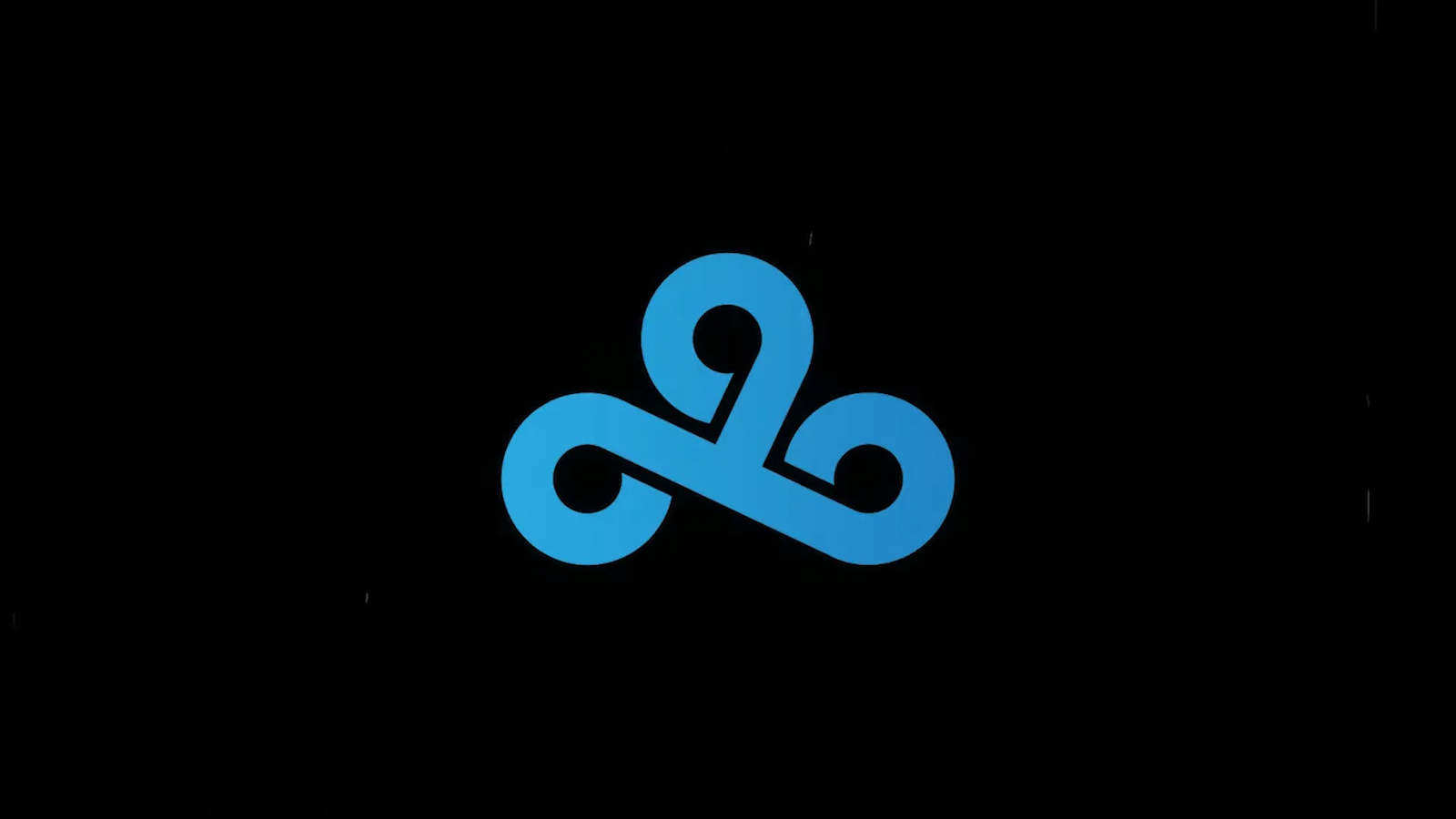

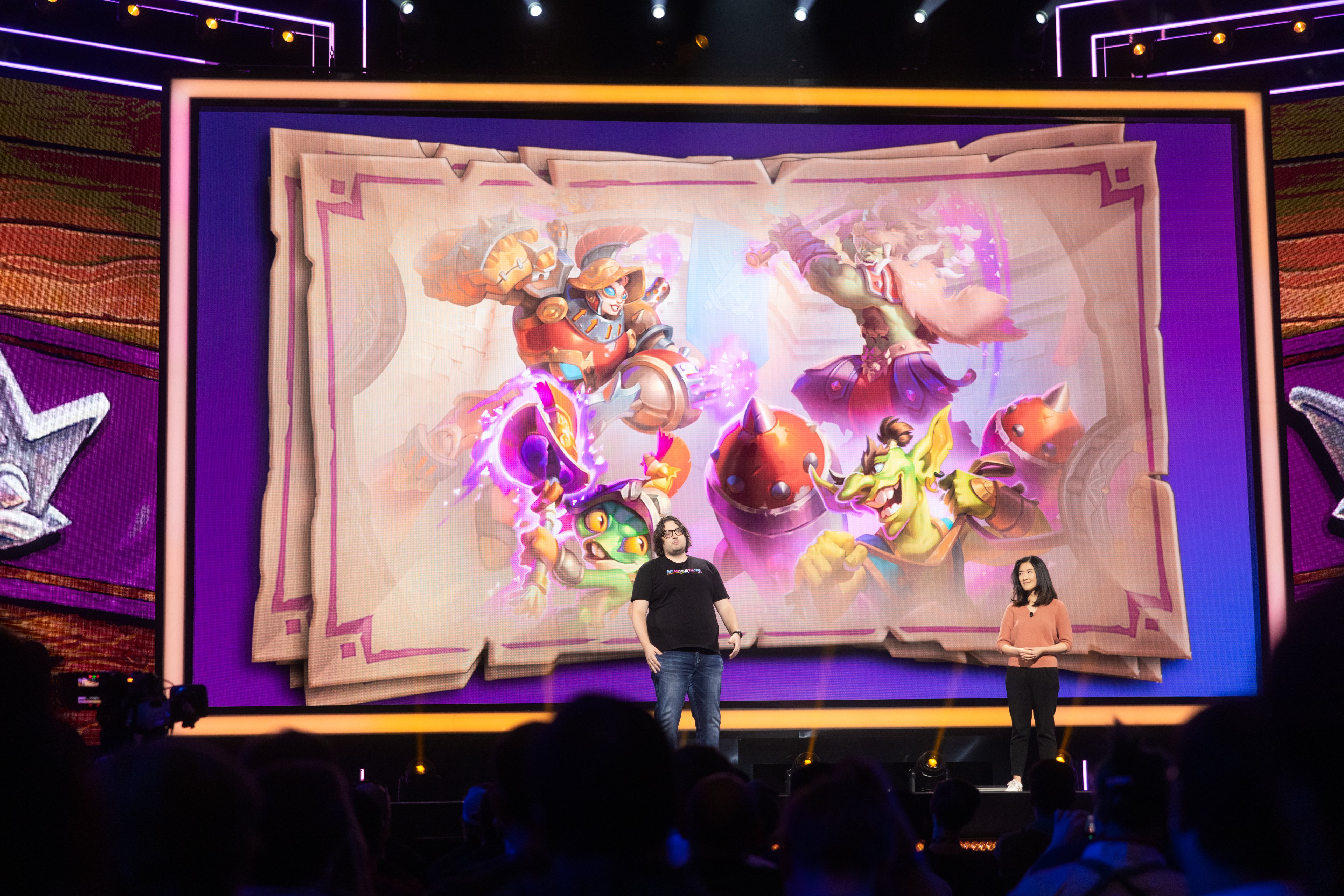
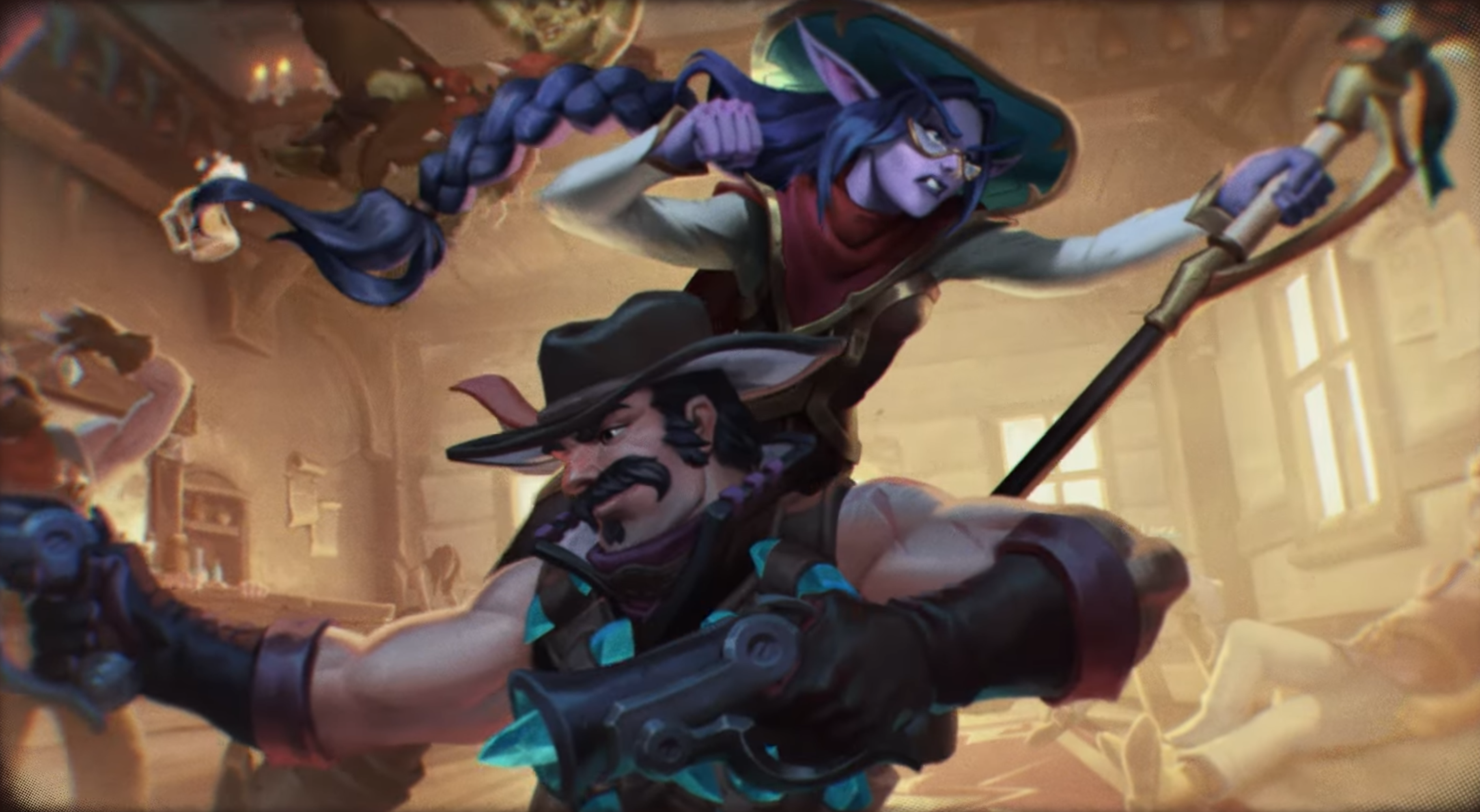
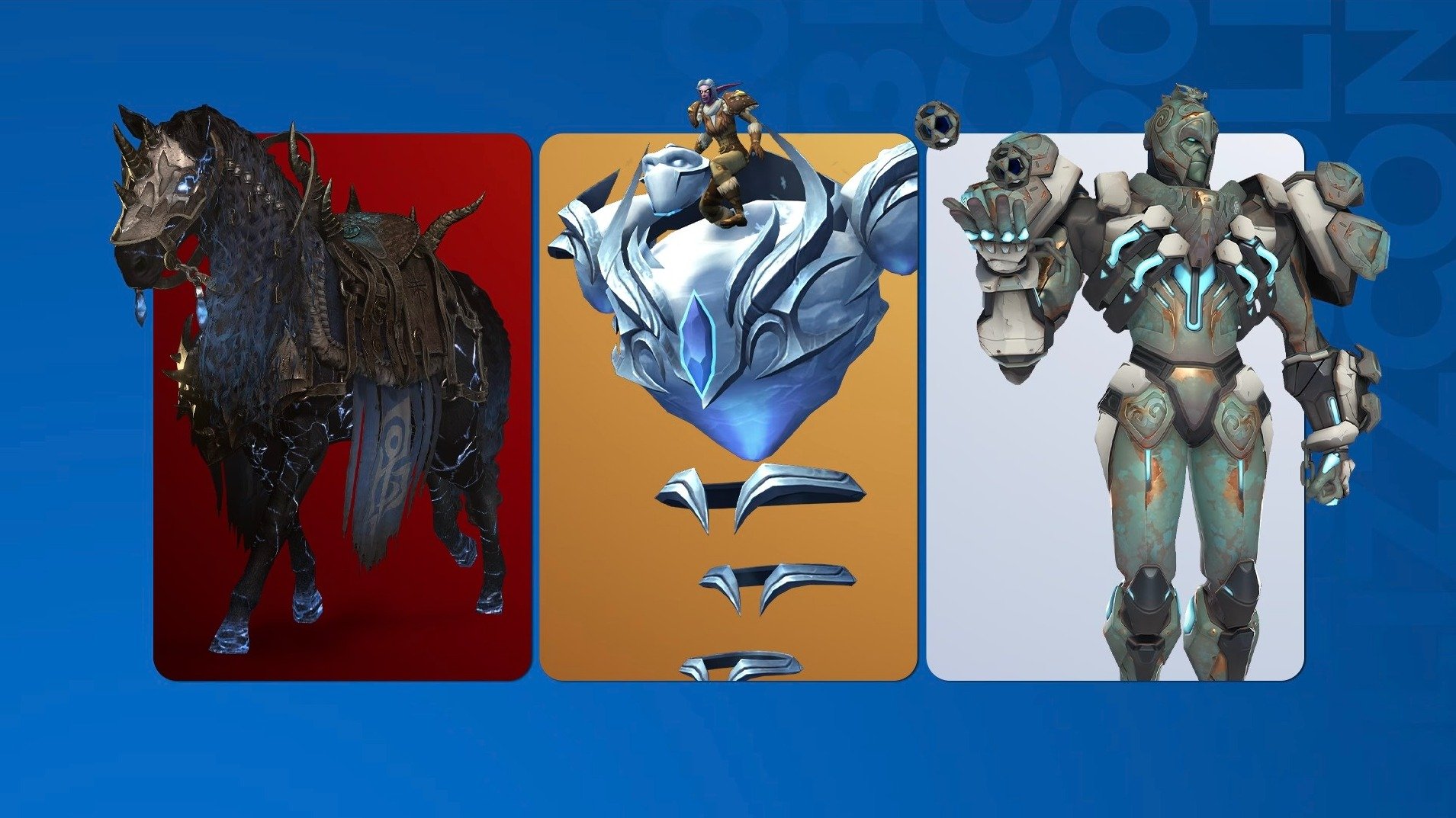
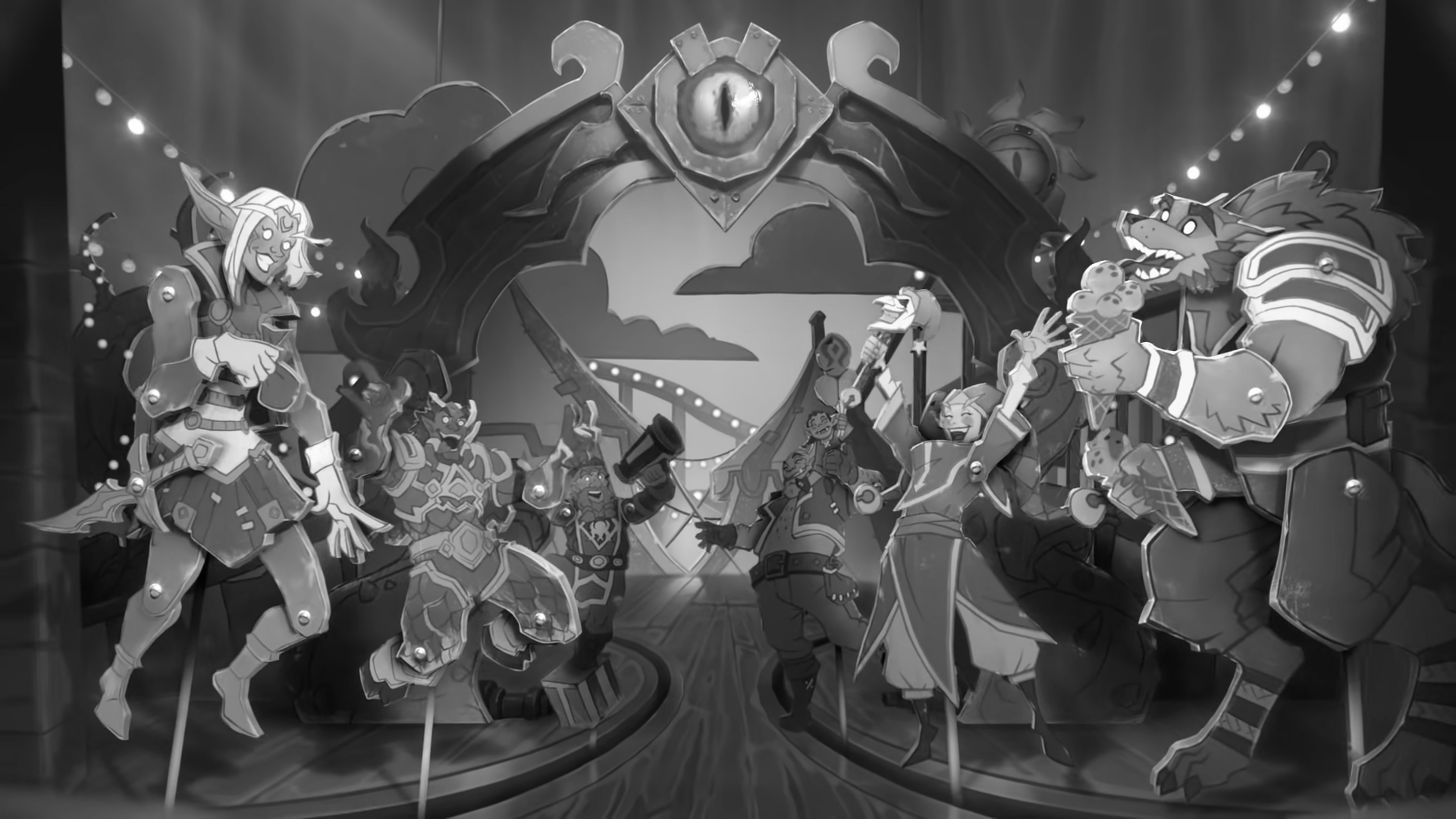
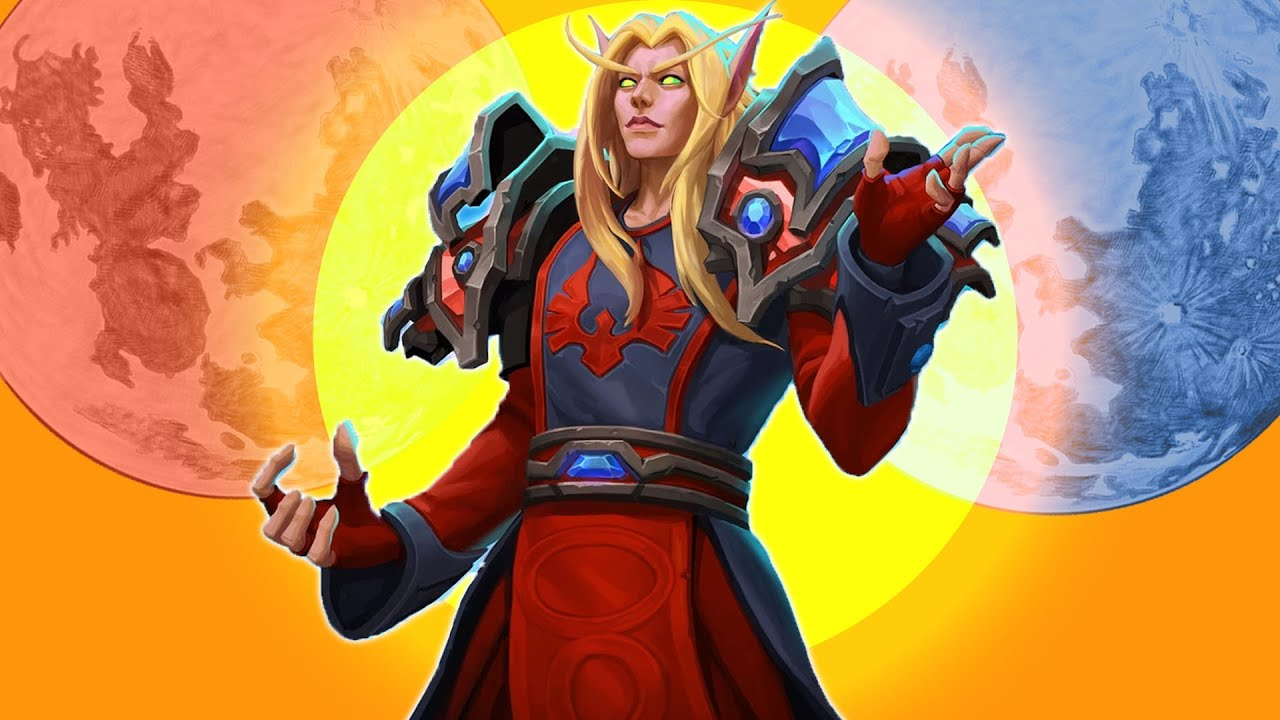
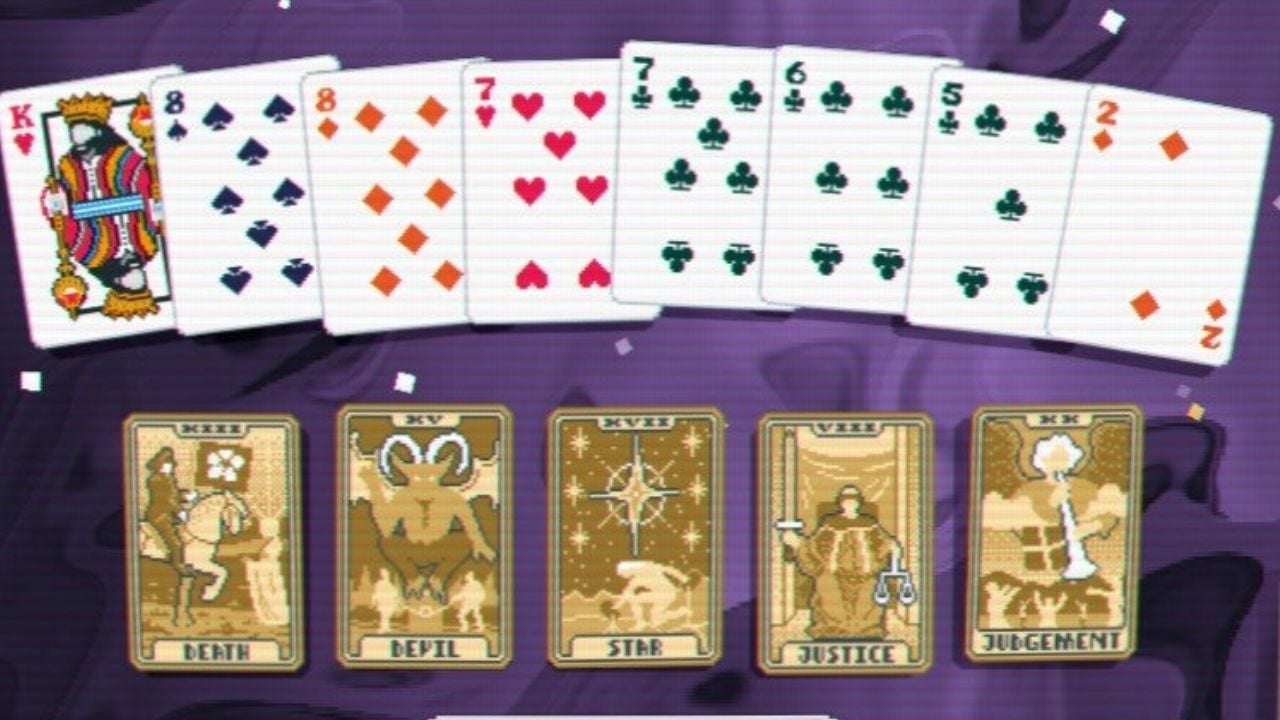
Published: Jul 29, 2016 09:46 am